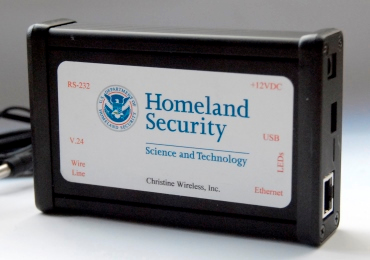Incumbent public safety channel frequency coordinators have asked the FCC to reject the latest request by a for-profit entity to be certified a frequency coordinator. However, other entities support certification. In comments filed in WP docket 14-235, the incumbent coordinators argued that Engineers Frequency Advisory Committee LLC (EFAC) does not meet the requirement that it be representative of spectrum users that it will serve, as well as that EFAC is a for-profit entity that could favor its clients over non-clients in coordination decisions.
EFAC is seeking certification as a part 90 frequency coordinator, arguing that the newly formed entity is well-suited to handle frequency coordination for entities that require a high level of engineering services (TRDaily, Dec. 2, 2014). EFAC members are Tusa Consulting Services, Blue Wing Services, and the law firm of Shulman Rogers Gandal Pordy & Ecker P.A.
“Representativeness of users continues to be an essential requirement for frequency coordination, as it ensures the fairness and effectiveness of the process for both applicants and incumbent licensees,” said the Association of Public-Safety Communications Officials-International, which is the largest frequency coordinator for public safety pool channels. “Associations representing users necessarily balance not only the needs of an applicant, but also the potential for interference to existing operations. This is especially important in the Public Safety Pool where interference could disrupt emergency communications of first responders and other public safety personnel. In contrast, a non-representative coordinator (especially if it is a for-profit entity) will be primarily interested in assigning channels to its paying clients/applicants. It will have no obligation, fiduciary or otherwise, to protect incumbents. Representative coordinators are also well-suited to resolve disputes among licensees and applicants (who, in most cases, will be its members), without the need for Commission intervention. Finally, representative coordinators have a unique understanding of the particular operational needs and concerns of their constituents.” Continue reading →

